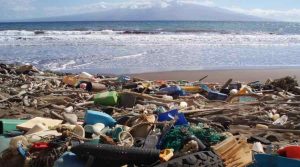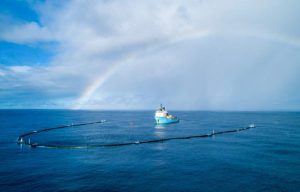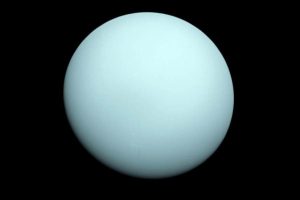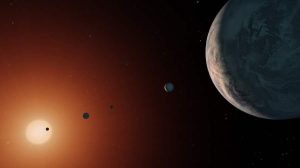The first images of Ultima Thule, the target of the New Horizons probe
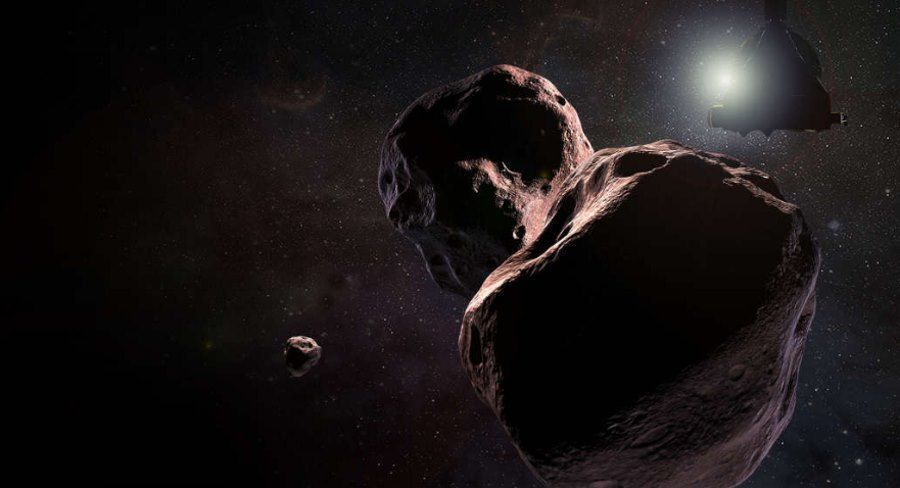
First images of Ultima Thule – the target of the New Horizons probe
The Ultima Thule object, also referred to by experts as theo2014 MU69, located at the edge of the Solar System in the Kuiper Belt. It is 44 times farther from the Sun than the Earth. It is about 30 kilometers longoin diameter and possibly reddish in color, but beyond that we know little about it.
Mission control scientists were delighted, but also a bit surprised, by the photographs sent back by New Horizons. There are still more than 150 million between the probe and the asteroidoin kilometerow, but the LORRI (Long Range Reconnaissance Image) instrument aboard the probe managed to spot the target of the subroży.
The probe sent a total of 48 images of the object to Earth. Researchers located Ultima Thule on them, but it was no easy task. – It’s really like finding a needle in a haystack – admitted Hal Weaver, head of theowny scientist on the New Horizons project from the Johns Hopkins Applied Physics Laboratory in Laurel.
In the first images sent by the probe, Ultima Thule appears as a small, pale object in a thicket of stars, whichore are about 17 times brighter than 2014 MU69. But the asteroid will get brighter and bigger every day.
– Our teamoł worked hard to determine the locations of Ultima Thule from such a great distance, and the result is clear. We are on Ultima’s doorstep and an amazing exploration awaits us! – said Alan Stern of the Southwest Research Institute.

On the left, an image composed of 48 images taken by the LORRI camera on August 16, 2018. On the right is an enlarged view of the region with the ¿olt field after subtracting the brightness of the background whistle, on which theorym clearly shows Ultima Thule, the target of the New Horizons probe. Photo. NASA/JHUAPL/SwRI
Observations of the asteroid over the next four months will help the team leading the mission refine the spacecraft’s course and plan possible corrective maneuvers so that the close flyby will provide as much data as possible about Ultima Thule.
If everything poIf it goes according to plan, the New Horizons probe will be the first-ever mission to study a small Kuiper Belt object. Ultima Thule will be the farthest located and explored planetary body in history.
The New Horizons probe was launched into space in January 2006. Its goal was to take measurementsow and examining Pluto and its moonow. This goal was reached in 2015. The second of the targetsow is to study one of the objectsoin located in the Kuiper Belt called 2014 MU69.
The end of the mission is scheduled for June 2022, but if the probe is in good condition, the mission could continue. This has happened in many cases. The Opportunity rover was supposed to stay on Mars for three months, and is now 13 years old. Not to mention the Voyager 1 and Voyager 2 probes, whichore were to explore Jupiter and Saturn, and are now the farthest and still operational object sent into space by humans.
